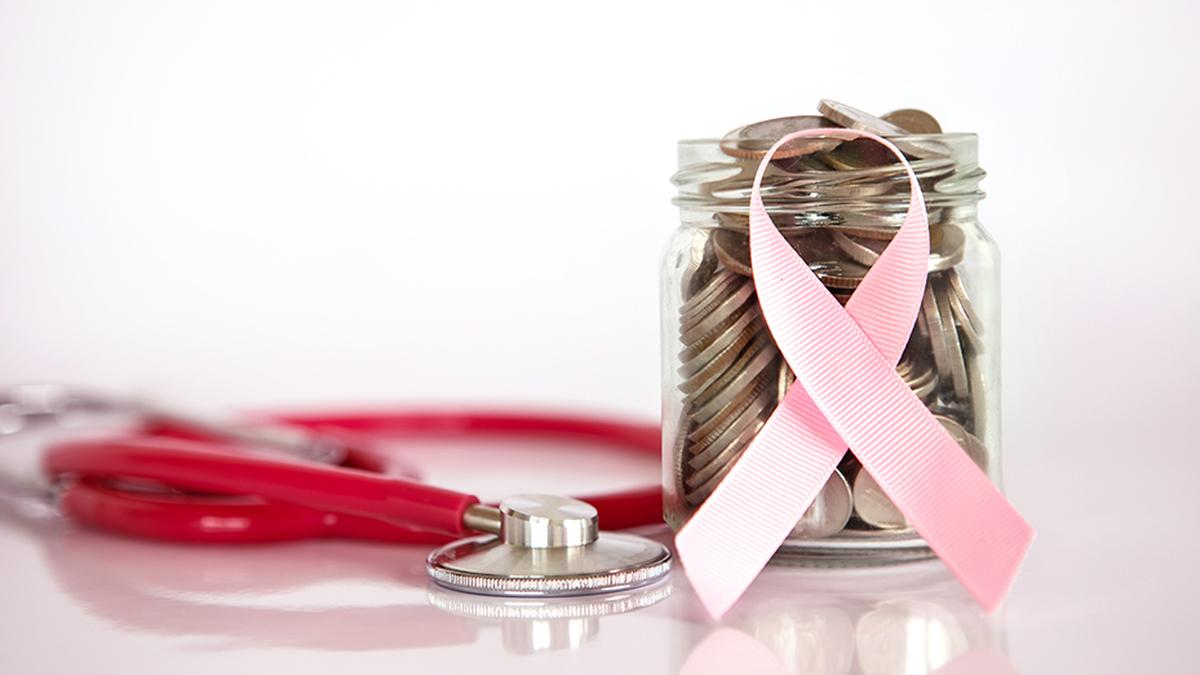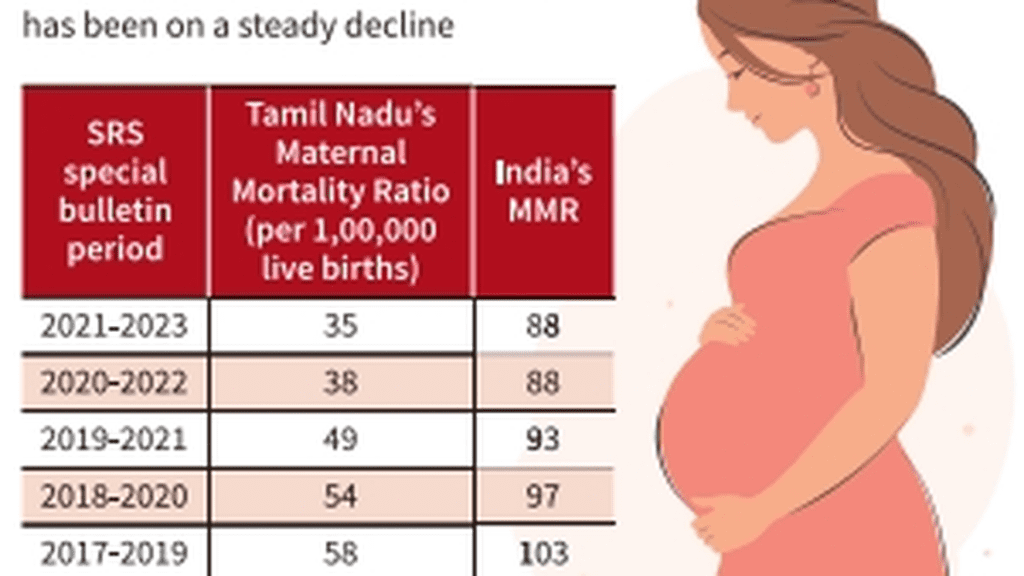Why does cancer get diagnosed late in India? And does having a government health insurance card help with faster treatment? Premium

Why does cancer get diagnosed late in India? And does having a government health insurance card help with faster treatment? Premium
Cancer is a word that is hard to get away from now – most people’s lives in India have been touched, directly or indirectly by it, and, as cases continue to climb uphill, prevention and treatment programmes are struggling to keep up. India recorded 14.6 lakh cancer cases in 2022, and this number is projected to go up to 15.7 lakh in 2025, according to the Indian Council of Medical Research-National Cancer Registry Programme (ICMR-NCRP), the government informed Parliament last year.
One major problem that has worried doctors in India has been late diagnosis and therefore, late initiation into treatment – cancer continues to be a scary word, lack of access to quality care impacts large parts of the country, and crucially, where available, treatment can be expensive and long. A new study, ‘Access to timely cancer treatment initiation in India: extent, determinants and trends’ by Pritam Halder et al, published recently in The Lancet Regional Health Southeast Asia, attempts to find out the reasons behind delayed time to treatment initiation (TTI) and the trends of delayed TTI. The paper points out that late diagnosis and delays in the initiation of treatment is one reason for high mortality rates in countries like India. Delays lead to upstaging of the disease, which is then associated with increased complications and also increased expenditure and poorer health outcomes. In 2022, India registered over 9 lakh cancer deaths.
The study, which analysed data collected from 6,695 cancer patients seeking outpatient/daycare treatment, at seven healthcare facilities across six states, also looked at TTI amongst those who had the Central government’s Pradhan Mantri Jan Arogya Yojana (PM-JAY) health insurance cards, and those who didn’t (pre and post 2018, when the scheme was launched).
What the research found was that the median overall time taken to treatment initiation was 20 days (between 7 and 39 days). Those with head and neck cancer, in particular, had a higher TTI of 29 days.
Younger patients, those educated up to graduation level and males had significantly lower odds of delayed TTI. In the study population, 61% were female. The skewed urban distribution of cancer centres could also lead to challenges with travel, language, food, stay and support required from a caregiver, for patients in rural areas, the paper states.
In essence, being a woman, being poor, less educated and from a rural area were all significantly associated with delays in treatment initiation, says Nikita Mehra, medical oncologist at Cancer Institute, Adyar, WIA, Chennai and one of the co-authors of the paper.
Barriers persist at the personal level and at the levels of family, society and the health system, says Anita Gadgil, general surgeon and breast cancer (early detection and screening) researcher with The George Institute for Global Health. “At the personal level it can be fear. At the family level, in most families, the woman’s health is the last priority. At the community level, there may be concerns about stigma that patients could face for instance, after a breast removal surgery. And at the health system level, doctors may not be available, or the diagnostic test may be available in a city that is some distance away. All of these can lead to delays in seeking care, reaching care and receiving care,” she says.
Affordability and access continue to remain major barriers to care.
Close to 40% of participants in the study were not covered through any financial protection scheme. Among those who were covered, 48.6% were covered under government-funded health insurance schemes, while the remaining were supported through philanthropists (7.7%) and voluntary private health insurance (1.9%).
As compared to patients who were diagnosed between 1995 and 2017, which is prior to the launch of the PM-JAY scheme, those diagnosed after 2018 had 36% higher odds of timely initiation of treatment within 30 days. “Upon stratifying by enrolment under PM-JAY, we found that the access for timely treatment initiation increased by 33% for those who were not enrolled, vs. 90% among those enrolled under PM-JAY. Overall, this shows significant improvement in timely initiation of cancer treatment as a result of introduction of PM-JAY,” the paper notes.
Having access to a health insurance card, says Dr Mehra, was a game-changer for patients. It gave them a significant advantage when it came to seeking timely treatment, and also made for better health-seeking behaviour among patients, she points out.
Dr. Gadgil says that her own 2012 study of breast cancer treatment at a hospital in Mumbai revealed that equitable access to standardised free healthcare led to better diagnosis and outcomes among breast cancer patients. “However, over the years, awareness about cancer has also increased, leading to more people coming forward during the early part of the disease. This may also be contributing to better outcomes now,” she says.
“There is some evidence that access to insurance helps improve equity in cancer care outcomes by particularly benefiting the disadvantaged sections, and in light of India’s increasing cancer burden, the findings of the paper are promising,” says public health specialist and independent researcher Soham Bhaduri.
However, he pointed out, more important are the actual outcomes of cancer care under schemes like PMJAY, since irregularities in public health insurance schemes are no rarity, and also given that operative tertiary care interventions are attractive to the private sector. “Even more crucial is how well we do at preventing cancer at the primary care level, which leaves a lot to be desired. The transition of our health and wellness centres from a parochial ‘maternal and child care’ focus to a comprehensive healthcare orientation is hardly complete, and major gaps in cancer screening remain at the primary care level, as acknowledged in a NITI Aayog report from last year,” he says.
A lot of work still needs to be done to increase community-level awareness and screening, Dr. Gadgil underscores.










